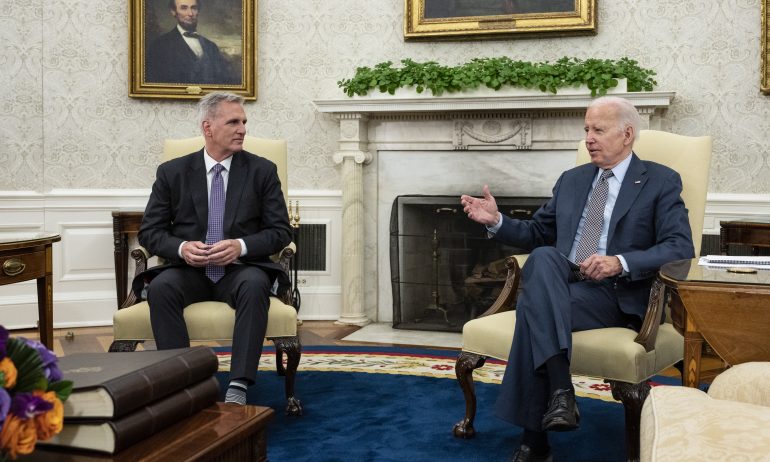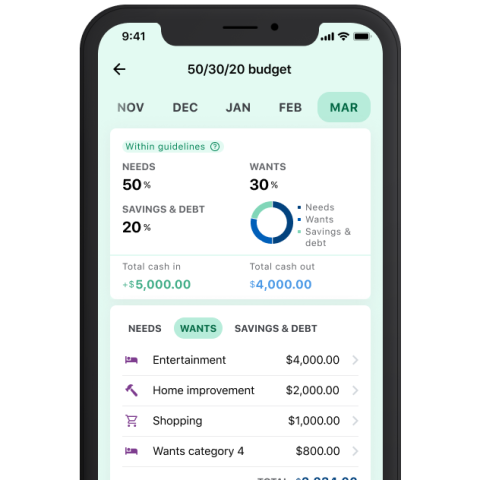The Fiscal Responsibility Act of 2023, signed into law by President Joe Biden on June 3, officially ended the threat of a government default that loomed over the U.S. government in the first half of 2023.
After months of tense tug-of-war between Republicans and Democrats, President Joe Biden and then-House Speaker Kevin McCarthy reached an agreement in principle to raise the debt ceiling. It passed Congress just days before the government was slated to run out of money, which could have crippled the nation’s economy resulting in worldwide implications.
Here’s what in the Fiscal Responsibility Act of 2023:
Increase the debt limit for two years. You won’t have to hear about the debt limit again until January 2025, which brings the next deadline for debt ceiling action past the 2024 presidential election.
Set a two-year budget. All non-defense spending will stay flat next year at FY 2023 levels at nearly $704 billion. Freezing non-defense spending is, effectively, a cut due to rising inflation. Non-defense spending won’t rise until 2025 when it gets a 1% increase to more than $710 billion. After 2025, there will be no growth caps.
Increase defense spending. The act boosts defense spending to $886 billion, which is similar to levels Biden outlined in his 2024 budget proposal. In 2025, it will increase to $895 billion. It also increases veterans affairs spending.
Tighten work requirements for welfare programs. The act moves the work requirement for Supplemental Nutrition Assistance Program (SNAP) recipients from age 50 to 54 by 2025. These work requirements only apply to able-bodied adult recipients without dependents and, under the bill, does not include a homeless individual, a veteran or anyone 24 years old or younger who was in foster care. Notably, Medicaid is not affected. Expanding work requirement changes for welfare programs were a must for former House Speaker Kevin McCarthy; he confirmed on May 16 following his meeting with Biden that was his “red line” in debt ceiling negotiations, while the White House was repeatedly and adamantly against it.
Rescind Internal Revenue Service funding and COVID-19 aid. The deal claws back $1.39 billion of the $80 billion in new IRS funding that was allocated in the Inflation Reduction Act. It also claws back billions in unused COVID aid.
Streamline the environmental review process. The act makes it easier to get permits approved for new energy projects.
Approval of the Mountain Valley Pipeline. The act will expedite the Mountain Valley pipeline project, a natural gas pipeline system spanning 303 miles from West Virginia to Virginia that’s already in progress, but faces legal hurdles to completion.
Codify the end of the student loan payment pause. Federal student loan payment pause lifted after Aug. 31 after being in effect since March 2020. The deal set that end date in stone. But what this deal did not do was rescind Biden’s student loan cancellation program, which was later shot down by the Supreme Court.
Biden, when questioned during a post-agreement press conference, about what he would say to members of the Democratic party who “say you made too many concessions in this deal?” responded, “They’ll find I didn’t.”
Learn more about how the 2023 debt ceiling crisis unfolded.
Photo by Anna Rose Layden/Getty Images News via Getty Image





